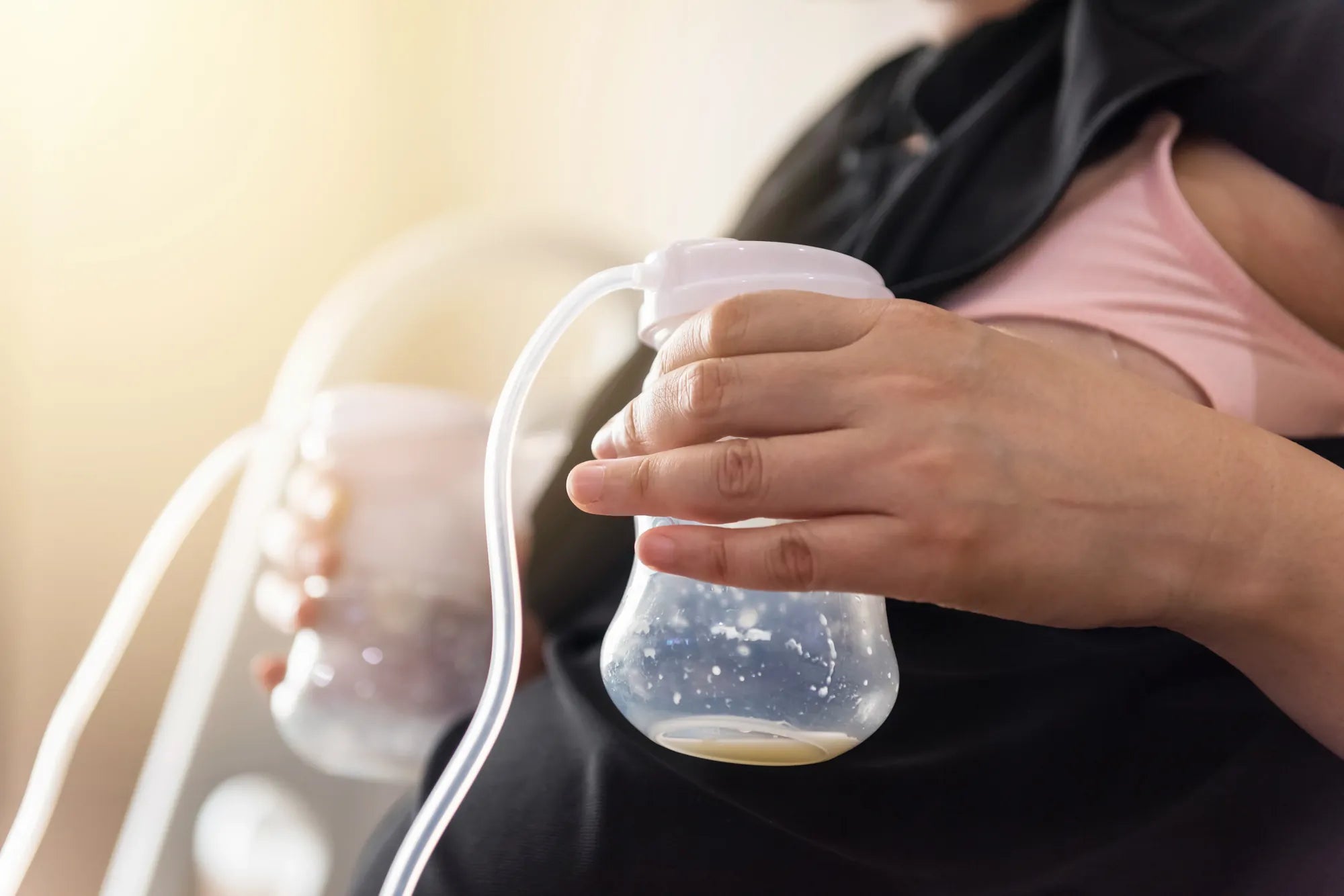Home
Pregnancy, Breastfeeding, and Pumping: The Ultimate Guide for Moms
How Soon Does Breast Milk Come in After Pumping: A Complete Guide

How Soon Does Breast Milk Come in After Pumping: A Complete Guide
For new mothers, understanding the intricacies of breast milk production can be both fascinating and essential. One common question that arises is, how soon does breast milk come in after pumping? The answer is not straightforward, as it depends on various factors, including your body's unique physiology, the frequency of pumping, and your overall health. This article delves into the science behind breast milk production, offering insights and practical tips to help you navigate this crucial aspect of motherhood.
The Science Behind Breast Milk Production
Breast milk production is a complex process driven by hormones and demand. After childbirth, the hormone prolactin stimulates the mammary glands to produce milk. Initially, you may notice colostrum, a nutrient-rich fluid that precedes mature milk. Pumping can help signal your body to produce more milk, but the timing of when milk comes in after pumping varies.
Factors Influencing Milk Production After Pumping
Several factors determine how soon breast milk comes in after pumping:
- Frequency of Pumping: Regular pumping sessions can stimulate milk production more effectively.
- Hydration and Nutrition: Staying hydrated and eating a balanced diet supports milk supply.
- Stress Levels: High stress can hinder milk production, so relaxation techniques are beneficial.
- Health Conditions: Certain medical conditions or medications may affect milk supply.
What to Expect After Pumping
After pumping, it may take anywhere from a few minutes to an hour for your breasts to feel full again. This timeline depends on how much milk was expressed and your body's production rate. Some mothers notice an increase in milk supply within a few days of consistent pumping, while others may take longer.
Tips to Optimize Milk Production
To ensure a steady milk supply, consider the following tips:
- Pump Regularly: Aim for 8-12 pumping sessions per day, especially in the early weeks.
- Use Proper Techniques: Ensure your pump is functioning correctly and that you're using it effectively.
- Stay Relaxed: Create a calm environment for pumping to encourage let-down.
- Seek Support: Consult a lactation expert if you encounter challenges.
Common Myths About Breast Milk Production
There are many misconceptions about breast milk production. For instance, some believe that pumping too often can deplete milk supply, but in reality, frequent pumping signals your body to produce more milk. Another myth is that small breasts produce less milk, which is not true—breast size does not determine milk production capacity.
When to Seek Help
If you're concerned about your milk supply or notice significant delays in milk production after pumping, it's essential to seek professional advice. A lactation consultant can assess your situation and provide personalized recommendations to support your breastfeeding journey.
Understanding how soon breast milk comes in after pumping empowers you to take control of your breastfeeding experience. By staying informed and proactive, you can ensure your baby receives the nourishment they need while fostering a strong bond through this beautiful journey of motherhood.
Share

